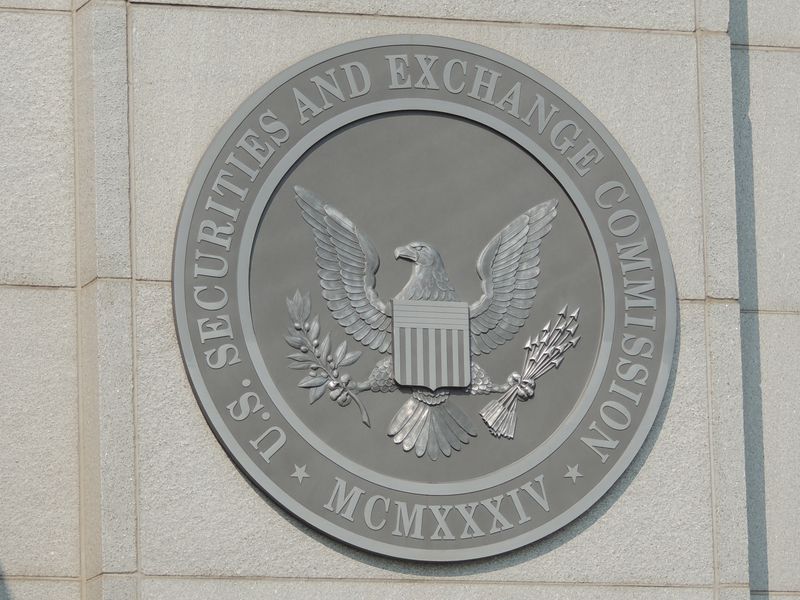2024 Will Be the Year Tokenization Truly (Finally) Begins
Everyone from TradFi leaders to the crypto cognoscenti predicts that the tokenization opportunity runs to the tens of trillions. While we’ve already seen some compelling use cases, these are a drop in the ocean compared to the flood of digitized assets that could move on-chain in the next few years.
When will today’s trickle of tokenization turn into a torrent? And what is holding it back?
This October, Forbes published a deep dive into the issue under the provocative headline “Why Tokenization is Failing.” The author, director of digital assets research, Steven Ehrlich, provides a litany of failed or underwhelming digitization projects and concludes that the issue hindering adoption isn’t technology, but trust.
You’re reading Crypto Long & Short, our weekly newsletter featuring insights, news and analysis for the professional investor. Sign up here to get it in your inbox every Wednesday.
The primary reason why the tokenization market isn’t in full flood is technical bottlenecks, limitations around current infrastructure and interoperability – an inevitable fact in a young, nascent space.
The last year, however, has seen incredible progress towards overcoming these issues. While it’s easy to showcase the projects that didn’t deliver, the true story of tokenization in 2023 is about the groundwork being laid that will enable the next wave of tangible on-chain results, driven by the might of major financial players entering the market.
Private Equity Funds And Credit Are Leading The Charge
Speak to anyone intimately acquainted with the tokenization ecosystem, and they’ll tell you that 2024 is full of immense promise. For starters, we see intense interest from private equity funds looking to develop new tokenization vehicles for their investors, even further, putting these ideas into production with haste.
This trend is set to continue into the New Year as TradFi titans, including Hamilton Lane and JP Morgan, develop tokenized funds. Inevitably, we’ll soon see the development of even more structured instruments, including assets built from new revenue sources such as private credit – the logical next step for financial products that are inherently digital and relatively easy to migrate on-chain.
The Inevitable Expansion Into Other Assets
These instruments are just the start, though. The next generation of tokenized assets will include offerings like bonds and equities. In time, real-world assets such as art and automobiles, commodities, and fine wines will be traded on-chain. In fact, it’s already happening, with use cases including fractional ownership of classic artworks.
Tokenized real estate, in particular, could be a significant boon for the market, which has traditionally been complex and slow-moving. Now, not only will these markets become digitally native, but they will also benefit from things like fractional ownership and near-instant settlement.
This stands to make investing more accessible and bring new liquidity into sclerotic markets. Entirely new generations of investors will begin to tap into the possibilities of tokenization and breathe new life into legacy markets. With new institutions and assets will come new payment rails, as well as the requirement for industry-wide standards that make all of these products and markets interoperable.
Not only will this demonstrate the power and utility of tokenization, but it will also foster the trust that Forbes correctly identifies as the key driver of demand. In 2024, we can have every confidence that the flow of new tokenization will turn from a drip-drip into a deluge, marking the most profound revolution in financial affairs for centuries.
Edited by Ben Schiller.









